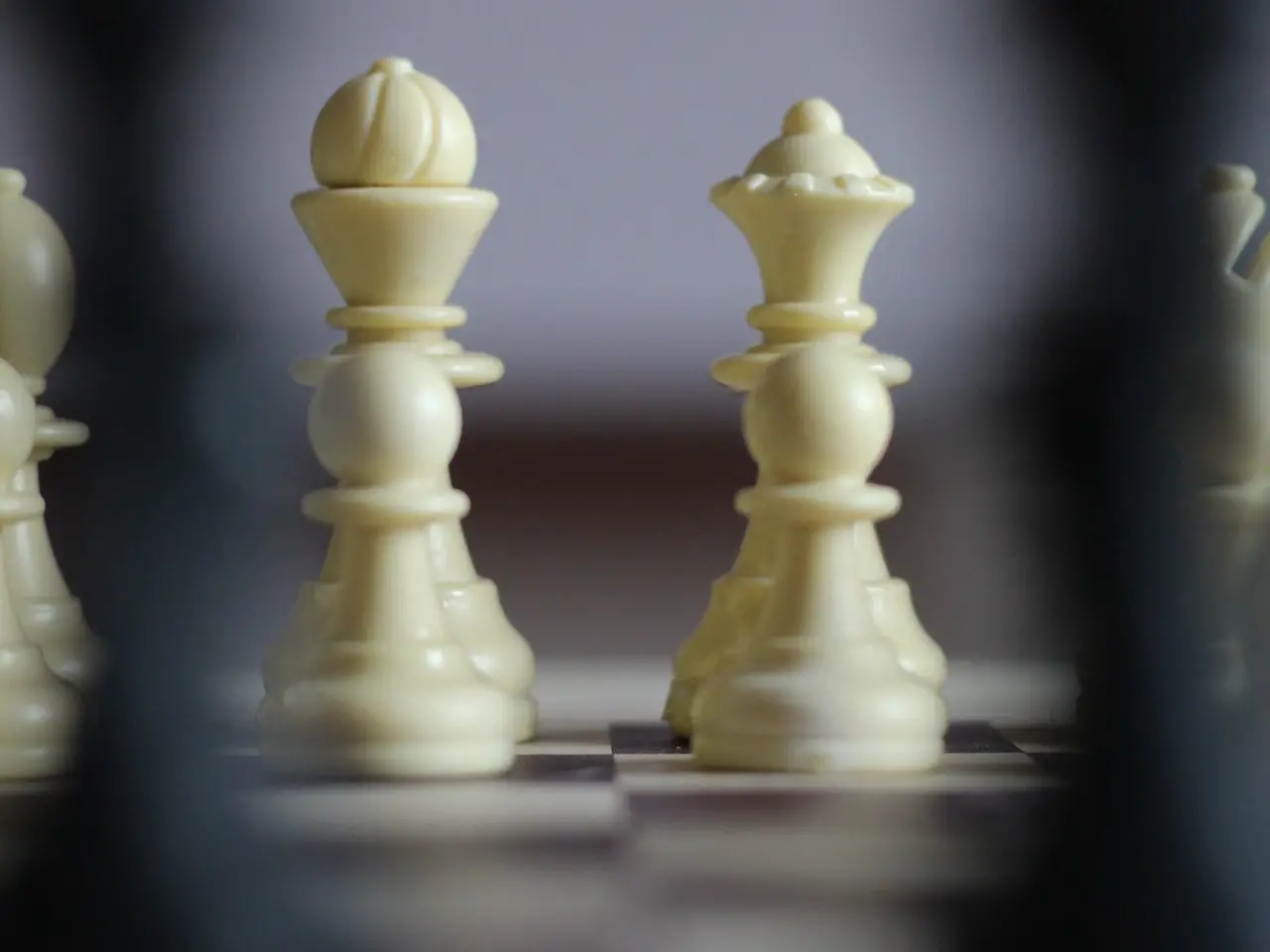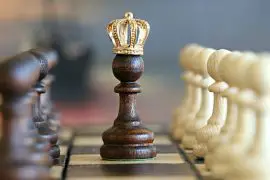Chess is a game of tactics; each chess piece has its role and importance. Among the various pieces, the Bishop is often considered one of the game’s most potent and versatile pieces. But how important is the bishop in chess?
Being a large piece that moves on the diagonal, the Bishop in chess has a lot of potential on the chessboard. There are eight squares on a chessboard, and each player begins with two bishops, one on a white square and another on a black square, next to their knights. The Bishop can diagonally move any number of squares in any direction if another piece does not block it. This unique movement pattern makes the Bishop a formidable piece on the board.
Bishop’s movements
Contents

The Bishop in the chess game may take a diagonal step in any direction. With no other pieces in their way, a bishop may move an unlimited number of squares on the chessboard. When a bishop lands on a square that already contains an enemy piece, it takes over the position of the occupied square and becomes the new king.
Bishops from white to light squares are restricted to white squares, while bishops from black to dark squares are restricted to dark squares.
How important is the Bishop in chess?
The most critical role of the Bishop in chess is to control key squares on the board. Because of its diagonal movement, the Bishop can control several squares simultaneously, making it an excellent piece for controlling the center of the board. In addition, the Bishop can attack and defend simultaneously, making a valuable piece in offensive and defensive strategies.

- Control critical squares on the board.
The Bishop’s ability to control critical squares on the board is essential in chess’s opening and middle game stages. In the opening game, controlling the center of the board is essential for gaining control and putting pressure on the opponent. The Bishop in chess can control critical squares in the center of the board, such as e4 and d5, and attack the opponent’s pieces. In the middle game, the Bishop can pressure the opponent’s pieces and control important squares, such as those near the opponent’s king.
- Participate in critical tactical maneuvers.
Another critical aspect of the Bishop’s role in chess is its ability to participate in critical tactical maneuvers. For example, the Bishop can create a robust pin, attacking a valuable piece and forcing it to stay in place to protect the king. These attacks can give the opposing player a significant advantage in the game.
- Create robust forks
The Bishop can also use to create robust forks, where it attacks two pieces simultaneously. Then it can force the opponent to sacrifice one of their pieces or move one out of position, giving the player a strategic advantage. The Bishop can also create powerful skewers, attacking a valuable piece behind a less valuable one. This attack also can force the opponent to move the less valuable piece, allowing the player to capture the valuable piece.
- Move diagonally across the board
The Bishop in chess also has a vital role to play in the endgame of chess. Because it can move diagonally across the board, the Bishop can control important squares and help to limit the mobility of the opponent’s pieces. This particular movement can be beneficial in a game where the opposing player has a strong king, as the Bishop can help to limit the king’s movement and increase the chances of a triumphant checkmate.
- Placement of two bishops in the board: Black square and white square
In addition to its tactical and strategic importance, the Bishop in chess has a unique role in chess. Because there are two bishops on the board, one on a white square and one on a black square, the bishops can control different parts of the board. This power shows that the two bishops can work together to control critical squares on the board, creating a powerful energy that can be difficult for the opponent to overcome.

Finally, the Bishop also has psychological importance in chess. Because the Bishop is such a powerful and versatile piece, it can intimidate the opponent and create uncertainty in their strategy. By controlling key squares on the board and participating in critical tactical maneuvers, the Bishop can pressure the opponent and force them to make mistakes.
Strength of Bishop
Because of their great range, bishops may quickly influence play on both of the board’s sides. Having two bishops is preferable to having one Bishop and a knight in most situations (or two knights). Unlike knights, who must get up close to the action before joining the assault, archers may carry out their offensive duty from a safe distance.
Weakness of Bishop
The Bishop is defenseless against pawns and knights. This weakness is because a knight or a protected pawn might lead a bishop to withdraw, even though the Bishop is worth more. Pawn complexes have a devastating effect on the Bishop. When other pawns hem them in, they become almost worthless. The Bishop’s inability to switch colors often is another of his flaws. When one player has only one Bishop, or both sides have one Bishop but move on opposite-colored squares, this becomes a more significant element.
Conclusion
In conclusion, the Bishop is a crucial piece in chess. It can control key squares on the board, take part in important tactical moves, and play an important role in the endgame because of its unusual diagonal movement. Understanding the power and versatility of Bishop makes you good on the chess board.





